A Complete Guide to Flower Gardening in 2025 – From Seeds to Blooms
Whether you’re a seasoned gardener or just starting out, Flower gardening is one of the most rewarding hobbies you can take up in 2025. Did you know that gardening can reduce stress by up to 36% and improve your mood significantly? Growing flowers not only brightens your garden but also supports local ecosystems by attracting beneficial pollinators like bees and butterflies. Whether you’re looking to add color to your backyard or create a beautiful oasis, flower gardening provides both aesthetic and mental health benefits.
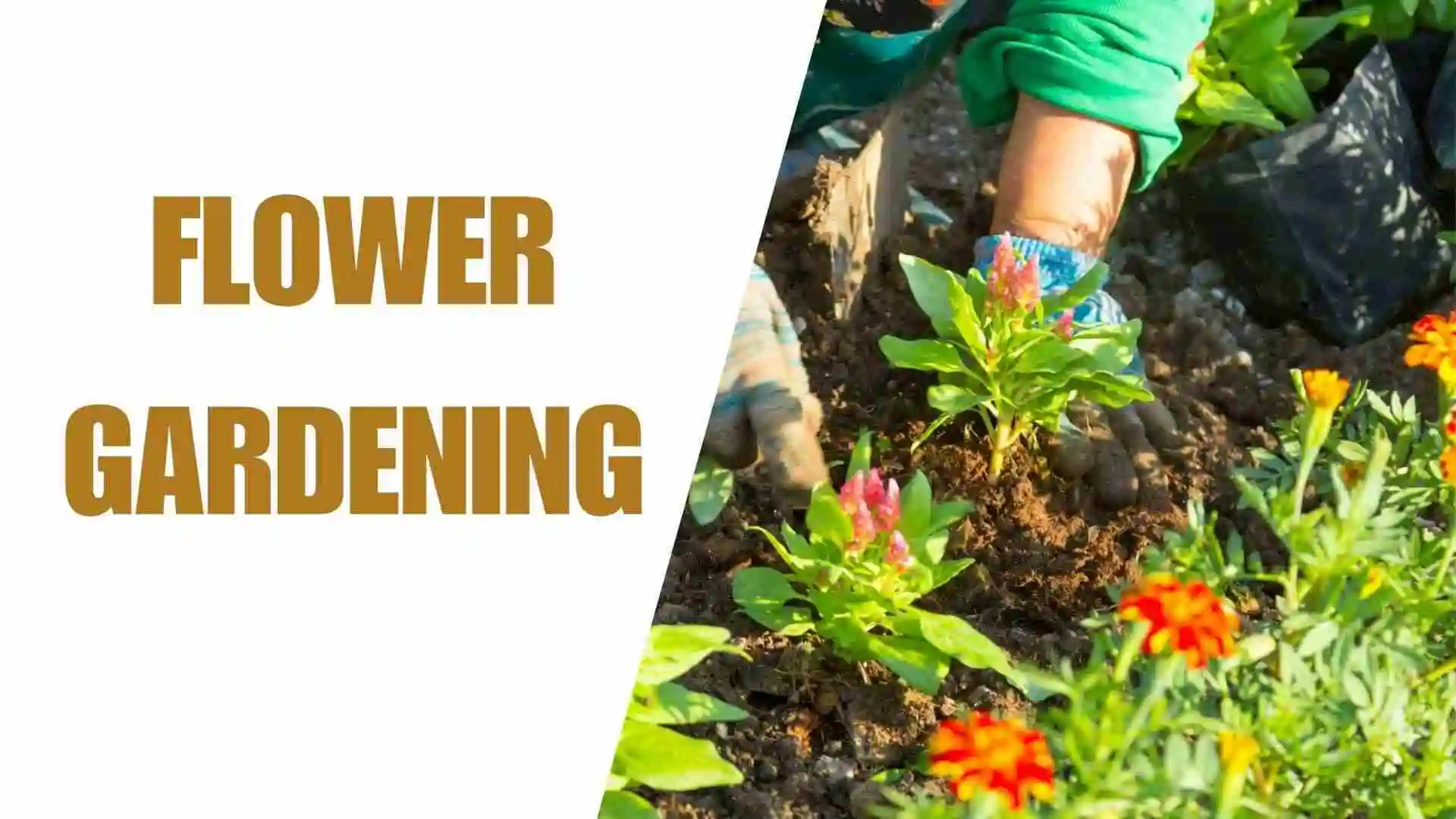
Starting a flower garden can feel tricky. But it doesn’t have to be hard. By choosing the right flowers, understanding your soil, and learning basic care tips, anyone can grow a beautiful garden. In this guide, we’ll show you simple steps to help your flowers thrive all year long. Let’s get started and make your garden bloom today!
If you want to explore useful tools that make gardening easier, visit Gardening Tools.
Why Flower Gardening is a Must Have in Your Backyard
Flower gardening is a great way to improve your backyard in 2025. It adds beauty and color to your outdoor space. Gardening can also help reduce stress and improve your mood. Studies show that spending time with plants can make you feel calmer and more relaxed.
Beyond the looks, flowers help the environment. They attract important pollinators like bees and butterflies. This helps create a healthier garden and supports local wildlife. Flower gardening is not just about decoration; it’s about creating a space that benefits you and nature.
The Benefits of Growing Flowers in Your Garden
Growing flowers in your garden offers many benefits. First, they brighten up any space with their vibrant colors. Flowers can turn a dull backyard into a beautiful, peaceful retreat. They also improve air quality by releasing oxygen and absorbing carbon dioxide.
In addition, flowers attract pollinators like bees and butterflies. This helps support local ecosystems and promotes healthy plant growth. Growing flowers can also boost your mood. Spending time in your garden has been shown to reduce stress and help you feel more relaxed.
How Flower Gardens Improve Your Outdoor Space
Flower gardens can transform your outdoor space into a stunning area. The bright colors and lovely scents create a welcoming atmosphere. Whether you have a small balcony or a large yard, flowers can fill your space with life.
Flowers also add texture and depth to your garden. By mixing different types of flowers, you can create layers of color and shape. A well-planned flower garden makes your outdoor area more inviting and enjoyable to spend time in.
The Psychological and Health Benefits of Flower Gardening
Flower gardening can have a positive impact on your mental health. Spending time in nature has been shown to reduce stress and anxiety. Just being around flowers can improve your mood and help you feel calmer.
Gardening also provides light physical exercise, which is good for your health. Digging, planting, and caring for flowers can improve your strength and flexibility. Overall, flower gardening not only beautifies your space but also helps keep your mind and body healthy.
What You Need to Do For Best Flowers to Grow in 2025
In 2025, there are many flowers that thrive in gardens. Some of the best choices include sun-loving varieties like marigolds and petunias. These flowers bloom brightly and are easy to care for, making them great for beginners.
For a longer bloom season, consider adding perennials like lavender and coneflowers. These flowers return year after year and attract pollinators. Whether you’re looking for colorful annuals or reliable perennials, the right flowers can make your garden shine all year long.
| Flower Type | Best For | Bloom Time |
|---|---|---|
| Marigolds | Beginners, sunny spots | Summer to Fall |
| Petunias | Full sun, hanging baskets | Spring to Fall |
| Lavender | Pollinators, fragrant gardens | Summer |
| Coneflowers | Pollinators, drought-tolerant | Summer to Fall |
| Sunflowers | Bright, tall flowers | Summer |
Top Annual Flowers for Beginners
If you’re new to gardening, annual flowers are a great place to start. Flowers like marigolds, petunias, and zinnias are easy to grow and require little care. These plants bloom all season long, giving your garden a constant splash of color.
Annuals also grow quickly, so you’ll see results fast. They’re perfect for adding instant beauty to your garden. With proper sunlight and water, you can enjoy these flowers throughout the year, making them ideal for beginners.
Perennials You Need in Your Flower Garden
Perennials are a great choice for a long-lasting garden. Unlike annuals, they come back every year, making them a smart investment. Flowers like lavender, coneflowers, and daylilies are perfect examples that add beauty season after season.

These flowers are easy to maintain once established and provide reliable color throughout the year. Perennials also attract pollinators, making them a great addition for a healthy garden. By adding a mix of perennials, you can enjoy a vibrant garden without the need to replant every year.
Stunning Flowers for Every Season
You can enjoy beautiful flowers all year long with the right selection. In spring, tulips and daffodils bloom brightly, bringing color after the winter months. Summer flowers like sunflowers and petunias thrive in the warmth, adding vibrant hues to your garden.
As fall arrives, asters and mums offer stunning shades of purple and orange. For winter, consider planting pansies and hellebores, which can survive cold temperatures and brighten up the chilly season. With a mix of flowers for each season, your garden can look amazing throughout the year.
Best Flowers for Pollinators – Attracting Bees and Butterflies
Flowers are essential for attracting pollinators like bees and butterflies. Plants such as lavender, echinacea, and sunflowers are favorites among these helpful insects. These flowers provide nectar and pollen, supporting a healthy ecosystem in your garden.
To create a pollinator-friendly garden, choose a mix of colorful, fragrant flowers. Not only will they attract bees and butterflies, but they will also help your plants thrive. By growing these flowers, you contribute to the environment while enhancing your garden’s beauty.
Essential Flower Gardening Tips for Beginners
Starting a flower garden is exciting, but it’s important to follow some basic tips. First, choose flowers that suit your climate and soil type. This will make it easier for them to grow strong and healthy. Make sure to plant flowers in a spot where they get the right amount of sunlight.
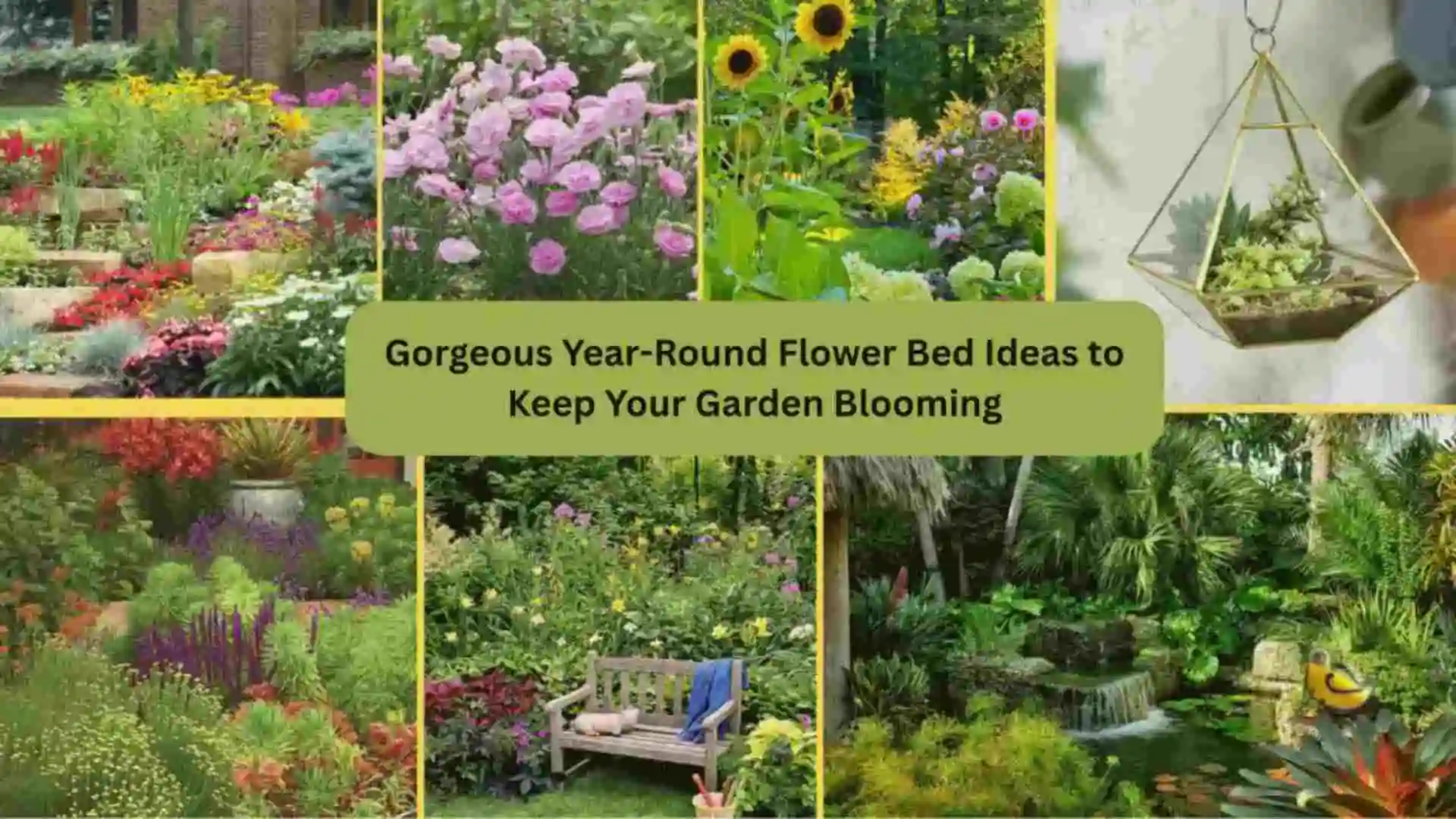
Water your plants regularly but avoid over-watering, as this can harm them. Lastly, be patient. Flowers need time to grow, so don’t worry if you don’t see results right away. With these simple steps, you’ll have a beautiful garden in no time.
| Tip | Description | Why It’s Important |
|---|---|---|
| Choose the Right Flowers | Start with easy-to-grow flowers like marigolds, sunflowers, or zinnias. | These flowers are low-maintenance and beginner-friendly. |
| Prepare the Soil | Loosen the soil, remove weeds, and add compost for better nutrients. | Healthy soil promotes strong root growth and blooming. |
| Water Properly | Water deeply but less frequently; avoid over-watering. | Prevents root rot and helps flowers grow strong roots. |
| Pick the Right Location | Select a spot with the right amount of sunlight (full sun for most flowers). | Ensures your flowers get the energy needed to thrive. |
| Mulch to Retain Moisture | Apply mulch around plants to help retain soil moisture. | Helps keep soil moist and protects roots from heat. |
| Regularly Deadhead Flowers | Remove spent flowers to encourage new growth. | Increases blooming and prevents seed production. |
| Be Patient | Flowers take time to grow and bloom. Don’t rush the process. | Gardening is a process—patience leads to beautiful results. |
How to Start Your First Flower Garden
Starting your first flower garden is easy with a few simple steps. Begin by choosing a sunny spot in your yard, as most flowers need at least 6 hours of sunlight a day. Next, prepare the soil by removing weeds and loosening it with a garden fork or shovel.
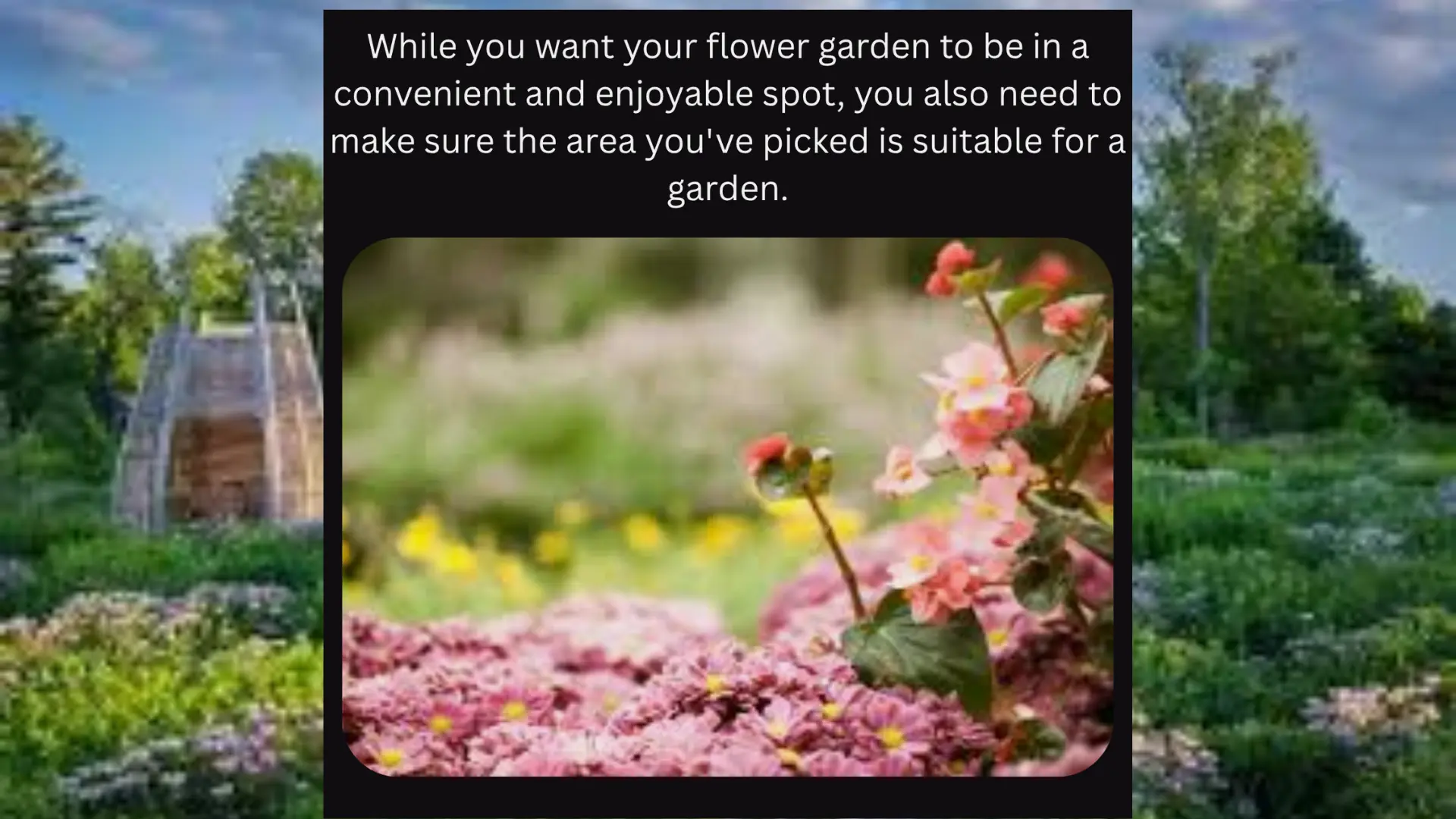
Choose flowers that are easy to grow, like marigolds or sunflowers, to build your confidence. After planting, water your flowers regularly but avoid soaking the soil. With time, you’ll see your garden bloom into a colorful space you can enjoy.
Preparing Your Soil for Flower Planting
Good soil is key to a healthy flower garden. Start by clearing the area of weeds and rocks. Then, use a shovel or garden fork to loosen the soil, allowing roots to grow easily.
Next, add organic matter like compost to improve soil quality. This helps retain moisture and provides essential nutrients for your flowers. Once the soil is ready, you can plant your flowers and give them the best start.
Choosing the Right Flower Varieties for Your Climate
Choosing flowers suited to your climate is important for healthy growth. If you live in a hot, dry area, flowers like marigolds and lantanas thrive in the heat. For cooler regions, consider planting tulips or pansies, which bloom in lower temperatures.
Check your hardiness zone to find flowers that are adapted to your climate. Local garden centers can also recommend the best varieties for your area. By selecting the right flowers, you’ll ensure a beautiful and thriving garden.
Common Flower Gardening Mistakes and How to Avoid Them
Many beginners make simple mistakes when starting a flower garden. One common mistake is overwatering, which can drown your plants. Make sure to water your flowers only when the soil feels dry, and always check drainage.
Another mistake is planting flowers in the wrong spot. Some flowers need full sunlight, while others do better in the shade. Be sure to research each plant’s needs before planting. Avoid these mistakes, and your flowers will thrive.
Flower Gardening Techniques for Advanced Gardeners
For advanced gardeners, flower gardening is about mastering techniques that create stunning, healthy blooms. One method is companion planting, where certain flowers grow better when planted together, improving growth and reducing pests.
Another advanced technique is deadheading, or removing spent flowers. This helps the plant focus energy on new blooms. Additionally, soil amendments like organic compost can boost flower health, providing essential nutrients for stronger, more vibrant plants. With these techniques, experienced gardeners can take their flower garden to the next level.
Companion Planting for Flowers – What Works Best
Companion planting involves pairing flowers that benefit each other. For example, planting marigolds with tomatoes can help deter pests like aphids. Similarly, lavender and rosemary work well with many flowers, as they attract pollinators and repel harmful insects.
Certain flowers, like nasturtiums, can act as a natural pest barrier when planted around more delicate flowers. By carefully choosing companion plants, you can create a healthier, more vibrant garden with fewer chemicals.
Advanced Flower Care – Pruning, Deadheading, and More
Pruning and deadheading are key to maintaining healthy flowers. Pruning helps remove dead or damaged stems, allowing more energy for new growth. Regularly cutting back flowers like roses or hydrangeas keeps them neat and encourages more blooms.
Deadheading, or removing spent flowers, prevents the plant from using energy to form seeds, instead focusing on new flowers. Additionally, fertilizing your plants and keeping an eye on pests can improve overall flower health. With these advanced care techniques, your garden will stay vibrant and thriving.
Creating Stunning Flower Beds with Design Tips
To create beautiful flower beds, start by planning the layout. Mix tall flowers like sunflowers with shorter ones like marigolds to add depth. Use colors that complement each other, like purples and yellows, to create a balanced look.
Consider the bloom time of your flowers. Plant a mix of annuals and perennials so your bed looks colorful throughout the year. Adding some greenery or foliage plants can also fill in gaps and give your flower bed a fuller appearance.
Sustainable Gardening Practices for Long Term Flower Health
Sustainable gardening focuses on caring for your flowers while protecting the environment. Start by using organic fertilizers instead of chemicals, which can harm both your plants and local wildlife. Composting kitchen scraps and yard waste is another great way to improve soil health naturally.
Water conservation is also key. Use drip irrigation to water directly at the roots, reducing waste and helping your flowers thrive. Lastly, plant native species that are well-suited to your local climate, reducing the need for extra care and resources.
Flower Garden Maintenance – Keeping Your Blooms Healthy Year Round
Maintaining a healthy flower garden requires attention throughout the year. In spring, focus on cleaning up debris and pruning dead stems. Make sure your flowers are getting enough sunlight and water as they begin to grow.
During summer, deadheads spend blooms and check for pests regularly. In the fall, trim back plants and add mulch to protect roots from the cold. Winter care includes covering delicate flowers with frost cloths if needed, ensuring your garden is ready to bloom again in the spring.
Seasonal Flower Care – What to Do in Spring, Summer, Fall, and Winter
In spring, focus on planting new flowers and pruning dead growth. Make sure the soil is well-prepared and add fertilizer to encourage healthy growth. Water your flowers regularly, especially as the weather warms up.
During summer, deadheads bloom to promote new flowers and keep an eye out for pests. Ensure your flowers are getting enough water, especially in hot, dry conditions. In fall, cut back plants and add mulch to protect them from frost. Winter care includes covering delicate plants with frost cloths and reducing watering, as flowers rest during the colder months.
| Season | Tasks | Tips |
|---|---|---|
| Spring | – Prepare soil and remove debris | – Prune dead branches, rake leaves, and loosen the soil for good drainage. |
| – Plant new flowers and bulbs (annuals and perennials) | – Add compost or organic matter to enrich the soil. | |
| – Apply a balanced fertilizer to encourage growth | – Water regularly, especially as new flowers start to grow. | |
| Summer | – Water deeply and consistently, especially in hot weather | – Water early in the morning or late in the evening to avoid evaporation and sunburn. |
| – Deadhead spent blooms to encourage new flowers and tidy up the garden | – Keep an eye out for pests and diseases; use organic methods like neem oil for pest control. | |
| – Check for signs of disease or mildew | – Use mulch to help retain moisture and keep the roots cool. | |
| Fall | – Trim back perennials and deadhead flowers | – Add a layer of mulch around the base of plants to protect them from frost. |
| – Harvest seeds from flowers for next season | – Begin to reduce watering as the weather cools and flowers enter dormancy. | |
| – Prepare the garden for winter by cutting back dead plants and cleaning garden beds | – Cover delicate flowers with frost cloths if necessary. | |
| Winter | – Water sparingly, only when the soil is dry | – Avoid overwatering, as most plants are dormant and need less water. |
| – Protect tender plants with frost cloth or mulch | – Keep an eye out for heavy snow or ice that might weigh down branches, and remove it gently if needed. | |
| – Plan and order flowers for the upcoming season | – Use this time to research new flowers for your garden or plan any improvements to your flower beds for the next year. |
How to Deal with Common Flower Garden Pests and Diseases
To keep your flowers healthy, it’s important to watch for pests and diseases. Common pests like aphids and slugs can damage plants. Use organic methods like neem oil or insecticidal soap to control them without harming the environment.
Diseases such as powdery mildew and blight can spread quickly if not treated. Remove infected leaves and improve airflow around your plants to reduce the risk. Regularly inspect your flowers for early signs of trouble, and take action right away to keep your garden thriving.
Popular Flower Gardening Styles to Inspire Your Garden Design
Proper watering is essential for healthy flowers. Water your plants early in the morning or late in the evening to prevent evaporation. Make sure the soil is moist, not soggy, to avoid root rot. A deep watering once a week is better than shallow watering every day.
Fertilizing your flowers provides essential nutrients for growth. Use a balanced, slow-release fertilizer during the growing season to support blooms. In the fall, reduce fertilizing, as flowers need rest before winter. These techniques will help your flowers stay strong and vibrant.
Cottage Garden Style – How to Create a Cozy, Flower Filled Space
Creating a cottage garden is all about charm and coziness. Start by mixing a variety of flowers, such as roses, daisies, and lavender, for a soft, colorful look. Plant flowers in layers, with taller plants in the back and shorter ones in the front, to create depth.
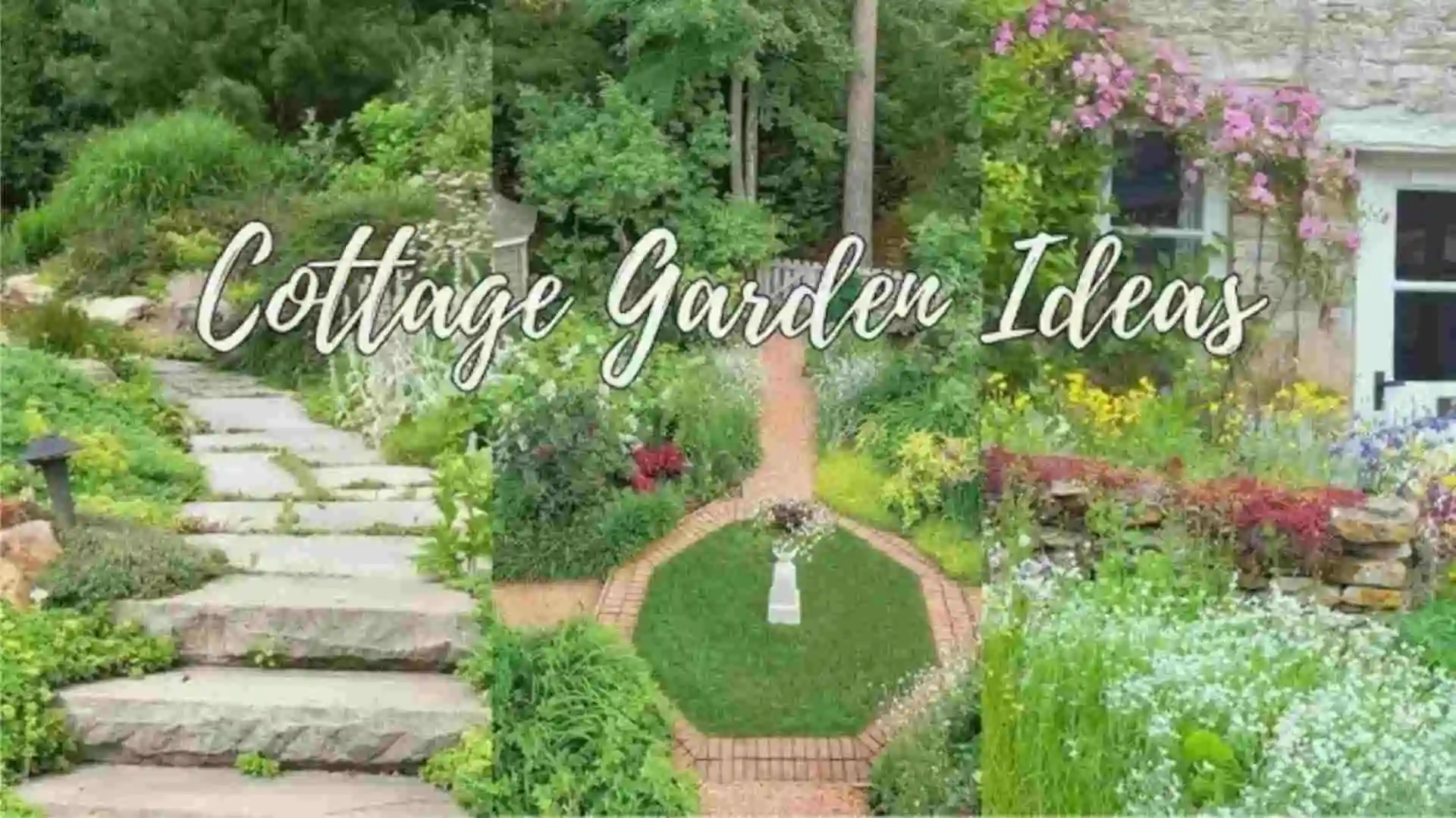
Incorporate natural elements like stone pathways and wooden fences to enhance the rustic feel. Don’t be afraid to let plants spill over the edges or grow freely—this adds to the garden’s inviting, carefree vibe. With these tips, you’ll create a cozy, flower-filled retreat.
Modern and Minimalistic Flower Garden Ideas
A modern and minimalistic garden focuses on clean lines and simplicity. Choose a limited color palette, such as whites, grays, and soft pastels, to create a calm, sleek look. Use geometric shapes like squares or circles for flower beds, and opt for flowers with simple, elegant shapes like lilies or orchids.
To keep the space clean and tidy, avoid overcrowding plants. Incorporate low-maintenance flowers and a few decorative elements, like modern planters or sculptures, to complete the look. This style is perfect for those who prefer a stylish yet low-maintenance garden.
Wildflower Gardens – Embracing Natural Beauty in Your Yard
Wildflower gardens offer a natural, carefree way to enjoy flowers. Planting native wildflowers like black-eyed Susan’s, coneflowers, and daisies helps create a beautiful, low-maintenance garden. These flowers attract pollinators like bees and butterflies, supporting local wildlife.
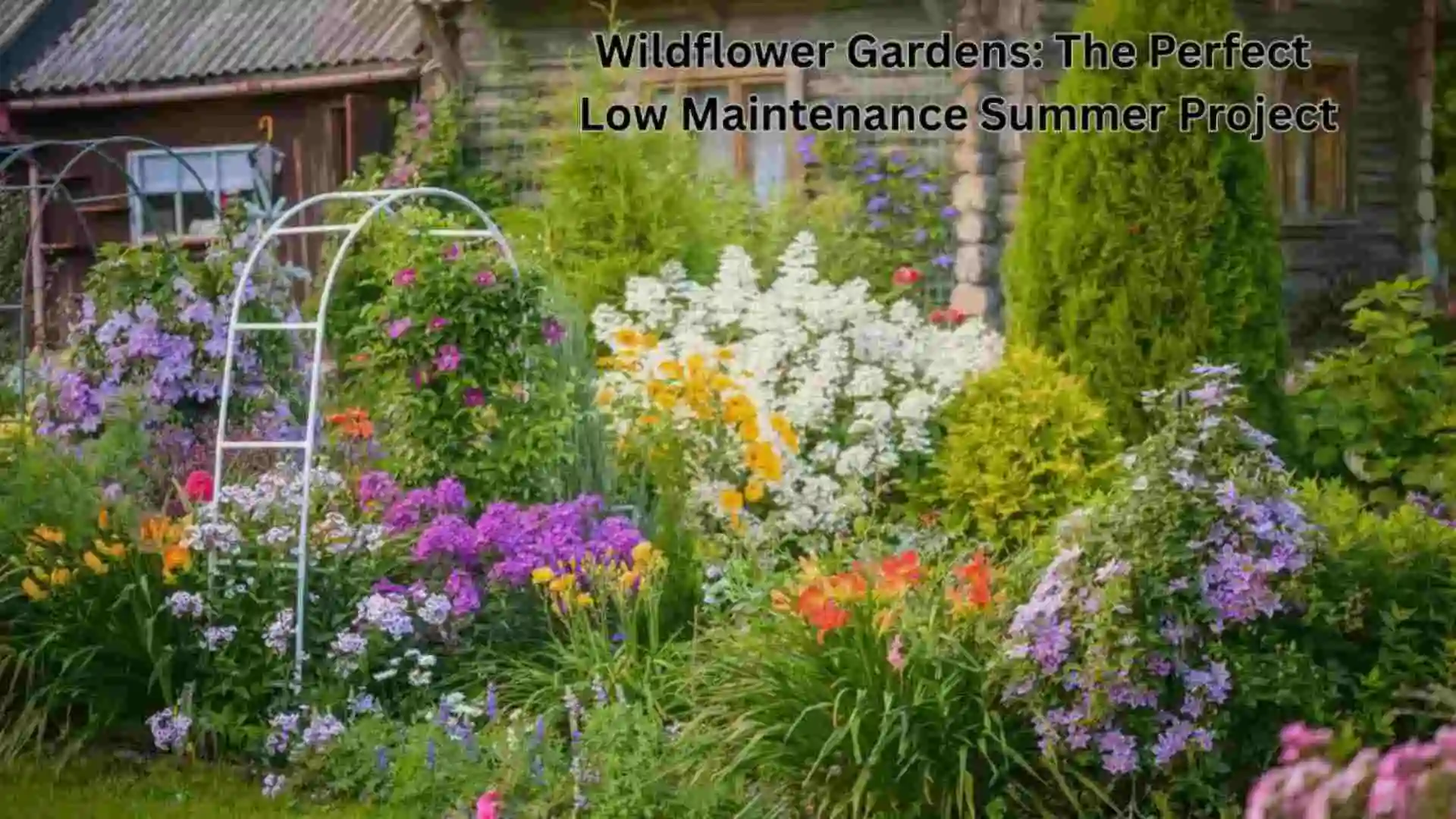
To create a wildflower garden, choose a sunny spot and prepare the soil with a light raking. Scatter the seeds and allow the flowers to grow naturally. With minimal care, your wildflower garden will bring vibrant color and natural beauty to your yard year after year.
Conclusion
Flower gardening in 2025 is a rewarding activity for everyone, whether you’re a beginner or a seasoned gardener. With the right flowers, care, and techniques, your garden can thrive throughout the year. From boosting your mood to supporting local wildlife, the benefits of flower gardening go far beyond just decoration.
By following the simple steps in this guide, you can create a garden that brings beauty, peace, and joy. Whether you choose vibrant annuals, hardy perennials, or a mix of both, there’s a flower for every type of garden. Start your flower gardening journey today and watch your outdoor space bloom into a beautiful sanctuary.
